Ultimate Team, Fantasy Sports and the Sorare Thesis
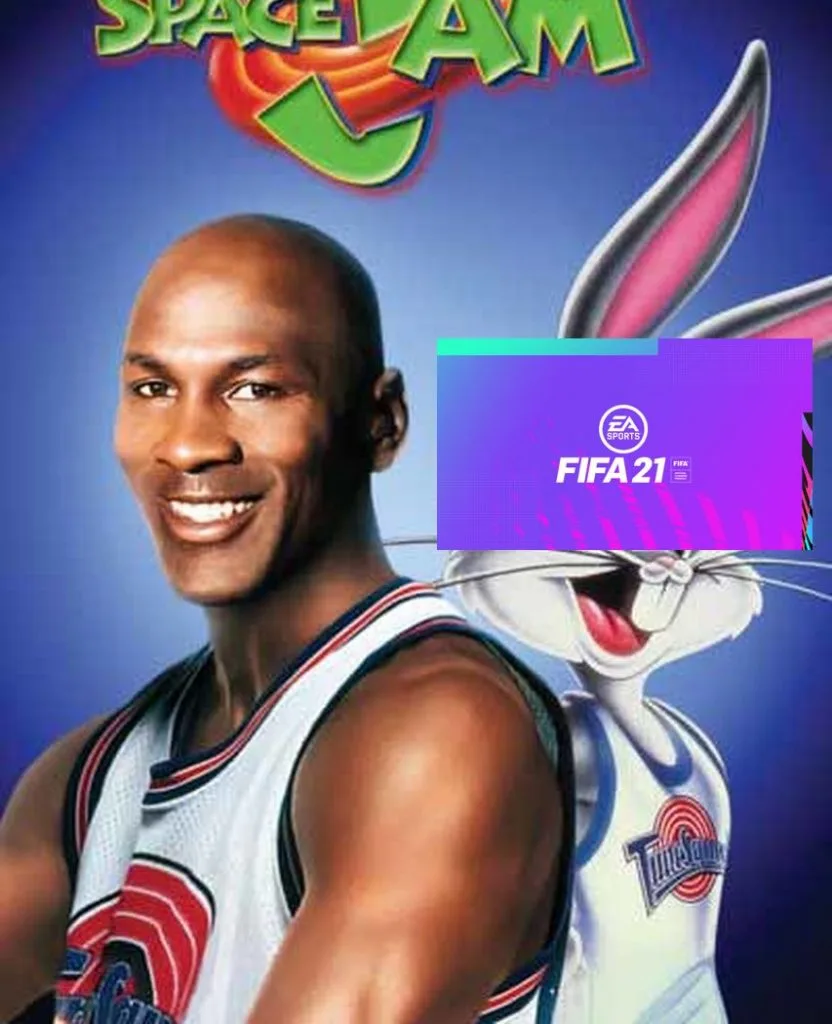
Professional sports give us something to aspire too. Players are celebrated as heroes and children grow up wanting to become them. It’s no secret that the internet, and games in particular, have found even more ways to engross us in the world of sports. But the terms of that engrossment are not incidental, they’re crucial. NBA TopShot lets users “own” iconic moments. FIFA Ultimate Team (UT) has players collect star footballers. Fantasy sports gives betters big stakes based on outcomes. These platforms offer us an opportunity to insert ourselves closer to the action. French start-up Sorare fuses these aspects in a way we haven’t seen before; it’s the greatest challenger to UT and fantasy sports in years (sorry PES).
Ultimate Team
Some games seem to escape monetization punditry despite wild success (GTA:V!). EA’s Ultimate Team model goes relatively unstudied compared to the newest Supercell arrivals. Yet, Ultimate Team, and FIFA UT specifically (it’s in Madden as well as NHL), have clearly tapped into something:
EA Net Revenue from Ultimate Team
— Daniel Ahmad (@ZhugeEX) May 20, 2020
FY 2020: $1.49bn
FY 2019: $1.37bn
FY 2018: $1.18bn
FY 2017: $775m
FY 2016: $660m
FY 2015: $587m
These sort of numbers, overall growth rate, and sustainability make UT one of the most successful live service models of all time.
The UT game loop is eerily similar to many F2P collection RPGs: collect and upgrade rosters of “heroes” that increase in power level (called OVR or overall rating in UT).

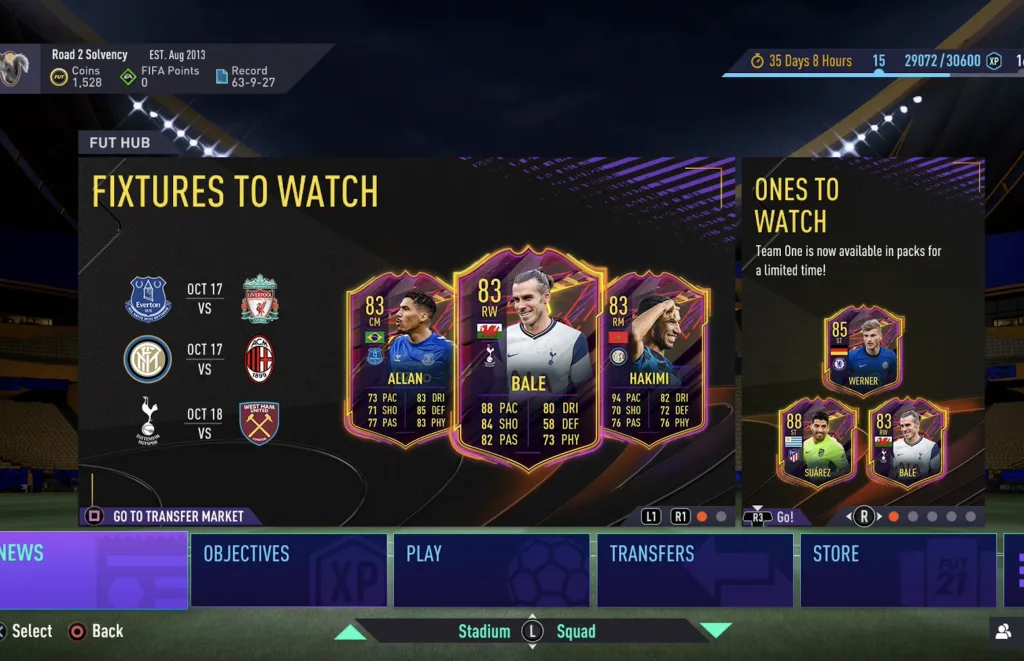
By playing against a mix of CPU and real world opponents, players collect footballers who they can use to collect even more powerful footballers. One ingredient of the UT secret sauce is the lack of an end game. Payer churn is most likely to happen when content dries up but in Ultimate Team each yearly version of the game resets progression entirely.
Fantasy Sports
In parallel, we’ve seen an explosion of fantasy sports in DraftKings and FanDuel. Players must bet on key real-world sport stars performing well against a deep scoring system.
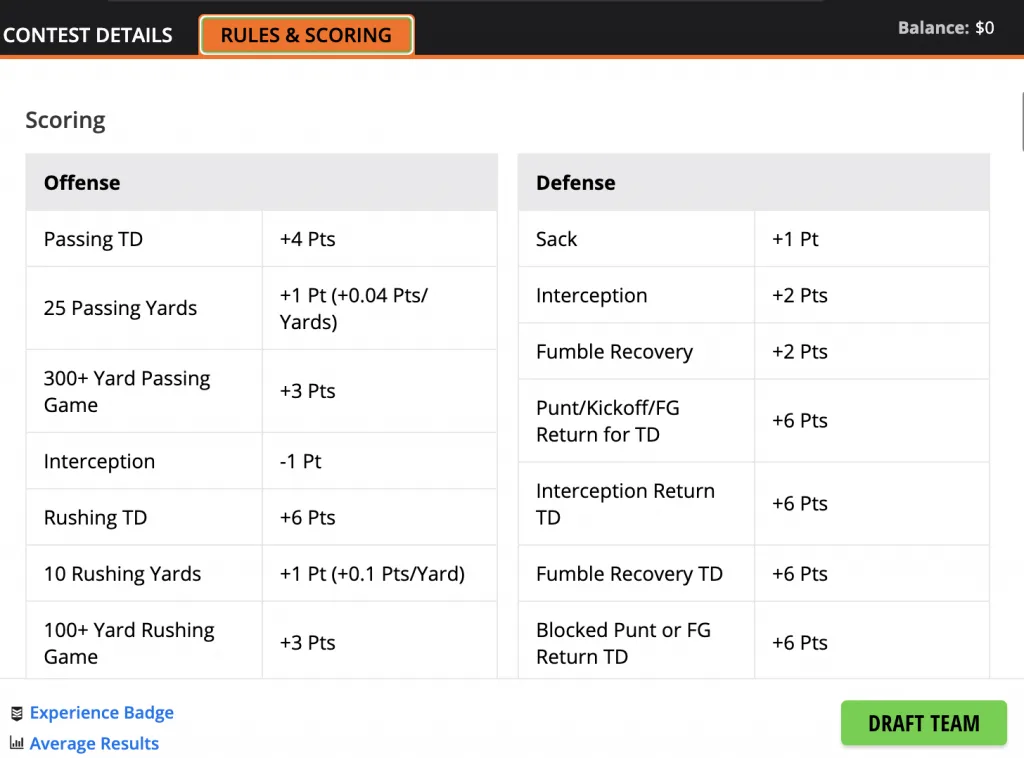
But generally, fantasy sports doesn’t offer between bet progression in the same way that UT lets players grow OVR overtime. DraftKings has entry tokens, a store of value, but that’s hardly progression. There is some persistence in that high scoring players receive a unique cosmetic and access to exclusive betting pools. When leagues span a season, persistence emerges, allowing players to effectively GM a team. This creates multitudes of implicit side-bets. If you think a player is not likely to come back from injury his market price should drop accordingly. If it doesn’t, you can exploit that knowledge to avoid owning an asset that doesn’t generate fantasy points. Studying prices via markets and making forecasts turns out to be a pretty fun game.
The Opportunity
Unsurprisingly, the total addressable market for sports is enormous. In North America alone, media rights, gate revenues, sponsorship, and merchandising represent around $75B in annual revenue. Sports games account for about $6.6B or 11% of the U.S. video game market. This likely translates to about $1-$2 spent on sports games for every $10 spent on “core” sports activity. If we add in collectibles (cards, memorabilia) and fantasy sports, we’re likely approaching $3-4 dollars for every $10 spent on “core” sports.
Who wouldn’t want a slice? Dominant leagues, however, maintain a moat: licensing. It’s been difficult to challenge FIFA since EA maintains a monopoly on simulation style football games with FIFA and many individual clubs. Konami and PES have faced bidding wars with EA and unsurprisingly the asset has gone its highest valued use (EA’s FIFA). But if you want a monopoly, you want it where the value is. I just think we’ve just misidentified the location. The “simulation” aspect of FIFA (i.e. control a player/team via joystick) is almost tangential to FIFA’s popularity. FIFA only became a monetization and engagement juggernaut after the release of UT. It started as paid DLC and long after FIFA’s initial release.

So where is the value if not in the simulation aspects of FIFA? Consider the explosion of FIFA Companion App downloads. The app lets owners buy and sell players from their mobile phones rather than a console. Based on store download rankings, it likely does north of 35M downloads per FIFA edition. Sensor Tower only provides the last 90 days of data, well after FIFA 20’s Oct 6th release, but we can still see how dominant it is in key countries.

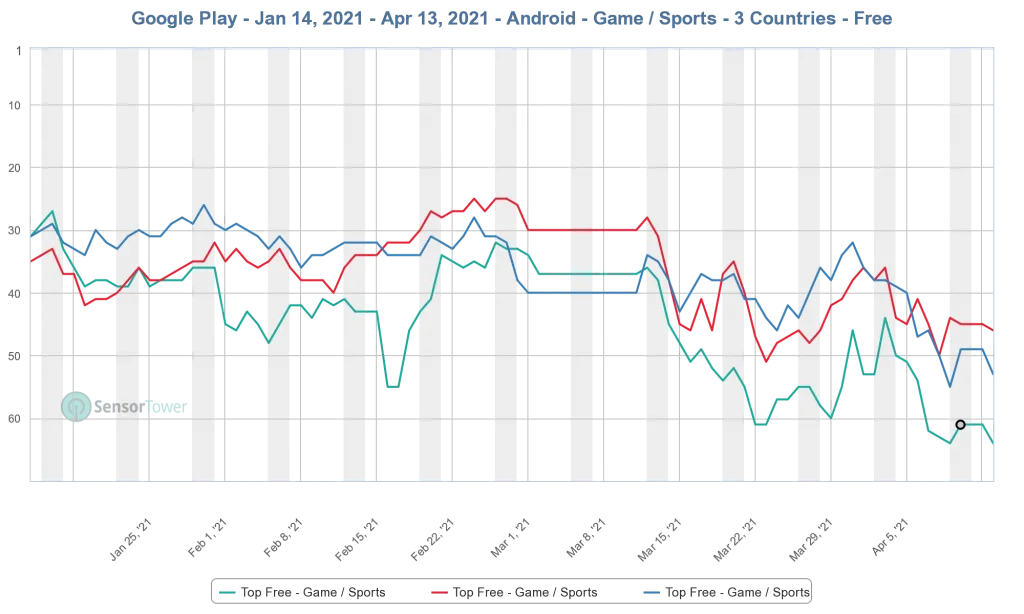
Based on historical gamestat data, FIFA 21 has around 45M players at this point in its lifecycle. It’s highly unlikely all Companion App players own FIFA 21, but an even conservative attach rate would be more than 60%. However, if we restrict the funnel to only those who play UT, the attach rate increases! It’s not wild to imagine that 8 in 10 UT players use the Companion App. Players are spending more time engaging with the market then they are with moment-to-moment gameplay.
FIFA PS4 Player Count by Days Since Launch

As we know, studying prices via markets turns out to be a fun game. It’s no wonder Football Manager, an entire game based around transfers, sells over 1M copies a year. Beyond a game mechanic, auction style monetization tends to align MB = MC. This blog has long argued effective monetization depends on prices reflecting player’s willingness to pay. To boot, Sorare doesn’t use loot boxes for price discovery, an inferior solution to their current strategy. Instead, Sorare direct lists players on the auction house and collects the proceeds. Players and developers have more aligned interests as Sorare’s entire revenue stream depends on the growth of the platform. If Sorare can make the cards valuable then it makes Sorare valuable and users of the platform more valuable. All of this has given Sorare’s community overwhelming positive sediment despite a top team costing over $500.
Community Reaction to New MLS Cards
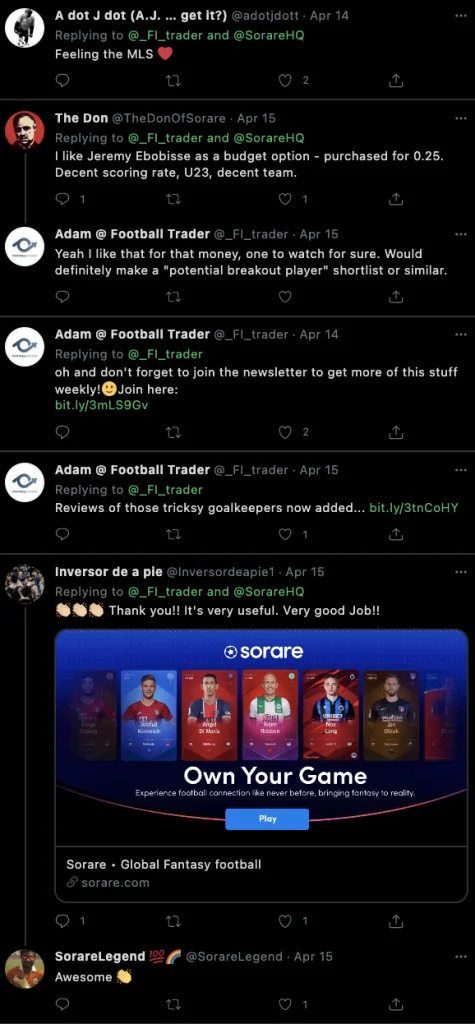
But beyond markets, other key aspects drive fantasy and UT:
- Stakes (winning or losing matters)
- Persistence (more powerful overtime, build identity)
- Skill Progression (better short-run choices overtime)
The inclusion of stakes is rather obvious, but it doesn’t just have to be money. A top ranked game in a shooter is plenty tense enough. Or top Magic the Gathering matches as comparable in tension to top chess matches. The tension comes from what a win or loss would mean. It matters. Fantasy sports has this in spades, while FIFA has an extremely competitive ranked system and a strong e-sports community.
Persistence separates fantasy sports from some live service games. Many fantasy sports run over a short time period (a weekend) whereas persistence allows players to carry over the state of a prior session into a new one. Vertical progression is a literal interpretation of this.
Vertical progression or power progression means players earn more powerful and downside-free items overtime. Unlike, say, League of Legends where players earn different characters but the characters are intended to be equally powerful (horizontal progression). In Ultimate team, earning power is achieved by increasing the OVR of the team. Each player is tuned against a wall of stat dials, like this Kevin De Bruyne card.
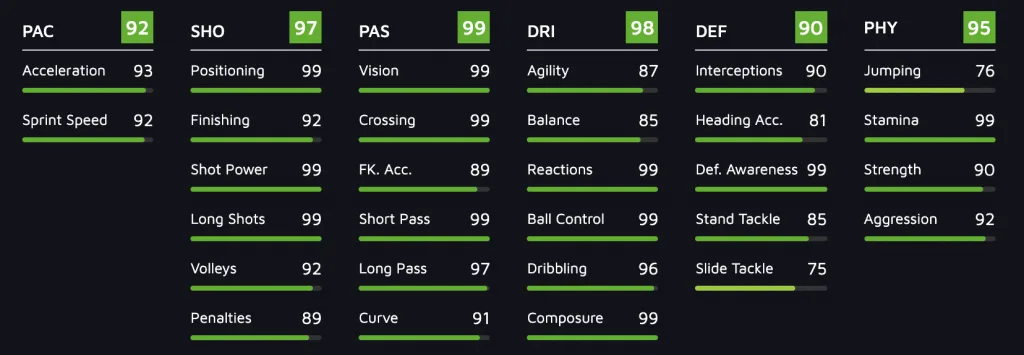
Persistence also allows for the possibility of investment. Players play matches because it earns them characters. Higher level characters mean higher win probability. More win probability means earning more high level characters. But that entire loop may not complete in a single session. Players cycle throughout the loop, picking-off where they last left (in given OVR, currency balance, etc) from session to session. The expectation of future output based on today’s inputs is the definition of investment. Players can expect a given unit of input to pay a stream of benefits over their engagement with the game.
Persistence also lets players build in-game identities unlike, say, Chatroulette. How people think of themselves is largely a product of other people’s collective consciousness of what they think that person. A constant username, rank, icon, etc… builds relationships, identity, and a collective consciousness. MMO EVE Online, for example, has an entire history book devoted to the drama of the in-game events and player-to-player betrayals.
Skill progression/learning refers to players getting better at key moment-to-moment action/choices. It’s distinct from horizontal progression because it doesn’t necessitate the player unlocking new “choices” or expanding their in-game decision space (i.e. do I play as this Operator or this Operator in R6:Siege?). In CS:GO, this might refer to more accurate aim. In fantasy sports, this might mean signing the right players (“Goalies are less likely to get injured, so that investment is less volatile. I’ll sign a goalie”). Skill progression/learning hits diminishing returns quickly, so few players constitute the top of the sill distribution. It’s why ranked scores for players stabilize after a few games and only increase after hundred of hours of time spent. Mastering short-run gameplay is incredibly difficult.
Sorare
Sorare has a market where prices can fluctuate based on buyer and seller demand. We also know Sorare has stakes since it’s based on the blockchain and players can take money “out” of the game. If a footballer doubles in price, the player also gets real life rich. (Editor’s note: I made it through 1500 words before mentioning Sorare is on the Blockchain. It’s the least interesting thing about the platform.)
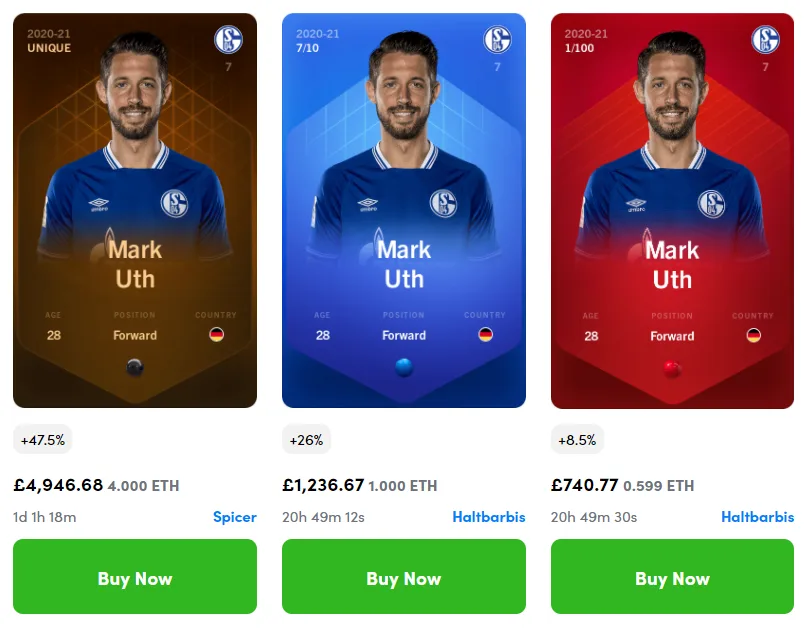
Sorare’s vertical progression is delivered via built in levels to each card. From the website:
Every time a card is played in a game week, it accumulates experience (XP). The XP will help level up the card to a maximum of 20 levels in the space of 3 years.
A card with a higher level has a higher multiple on points. If a high level card does well, it scores a lot of points. Just fielding a player allows it to become more powerful. And it’s all monetized via auction house prices.
Skill based progression in Sorare is similar to fantasy sports: make correct predictions about footballer output. In Sorare, players put together “teams” of footballers to compete for points. If a footballer does well on the real life field, the card does well and thus the player does well. It’s unclear if players will get better at these sorts of predictions overtime, but I suspect few will. Unfortunately, this anchors progression to vertical growth. FIFA shines here as mastering controls and movement returns big gains in win probability. The process of mastery is also just so damn fun. That said, a series of 3rd party tools has emerged to help players excel at the skill based aspects of Sorare, so perhaps there’s more there than meets the eye.
Closing Arguments
UT and fantasy sports are unique ways to engross fans in the world of sports. Markets, stakes, persistence, and skill progression are unique mechanics only found in games. Yet, we haven’t seen a sports game combine them in the right proportions. Sorare can be the first to do so. FIFA and fantasy sports are primed for a challenger; there’s a lot of pie to be won. But Sorare still has a ways to go. Oddly enough, monetization is solved for (auction house), engagement is a work in progress and acquisition is completely unproven. That’s the opposite of almost all start-up roadmaps. As the below chart suggests, the market opportunity will likely involve Sorare shifting a bit more up and to the left.

It’s really acquisition that needs the biggest boost, 26k Twitter followers won’t cut it. As a16z has pointed out, it’s up to Sorare to get distribution, before UT/Fantasy sports gets innovation. Do so likely rests on:
- Launching a mobile app
- Significant UA
- Signing more clubs
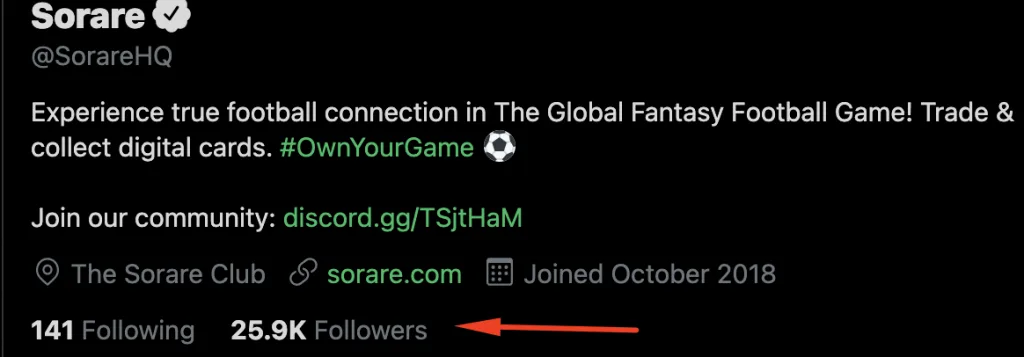
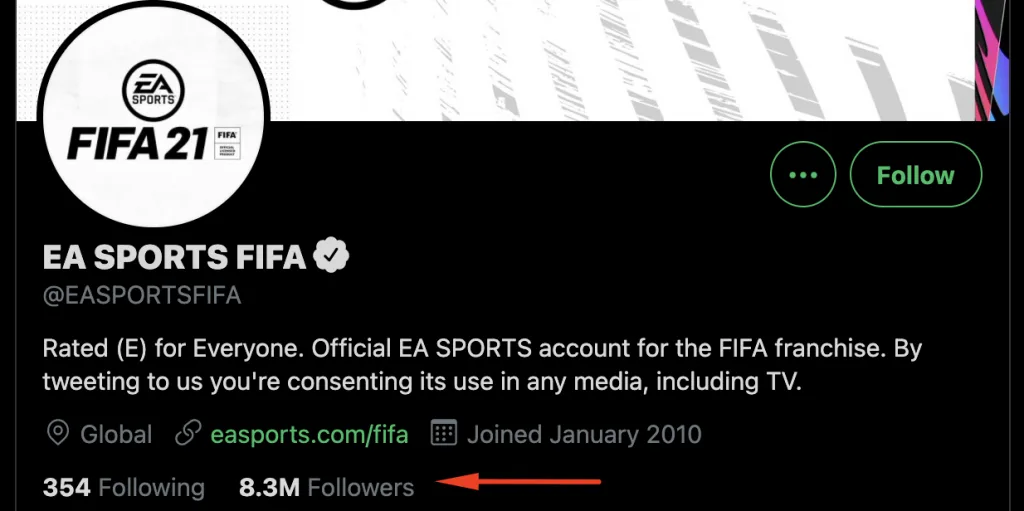
Other innovators are starting smell the opportunity as well, NBA Top Shot is moving to a player card model with “game” like aspects. This represents another threat and could box Sorare into football rather than expanding the platform to NFL, NHL etc. Hopefully Sorare’s recent $50M Series A will be put to good use.